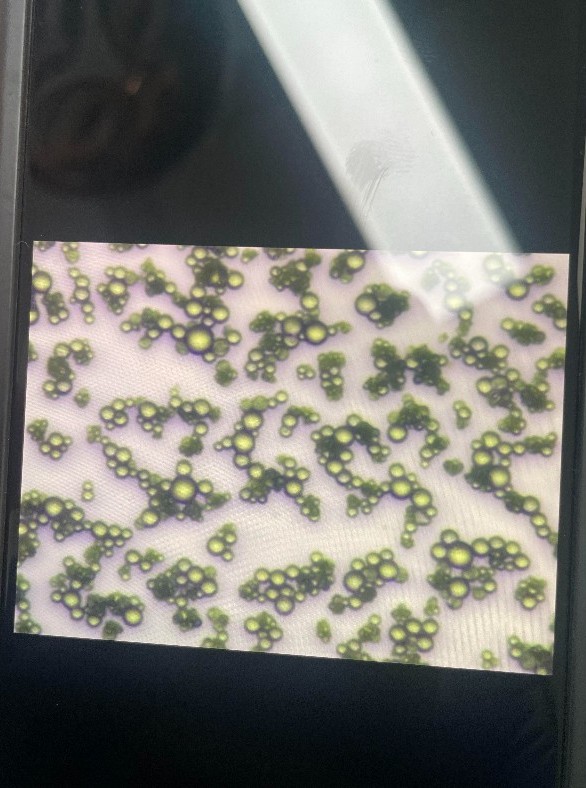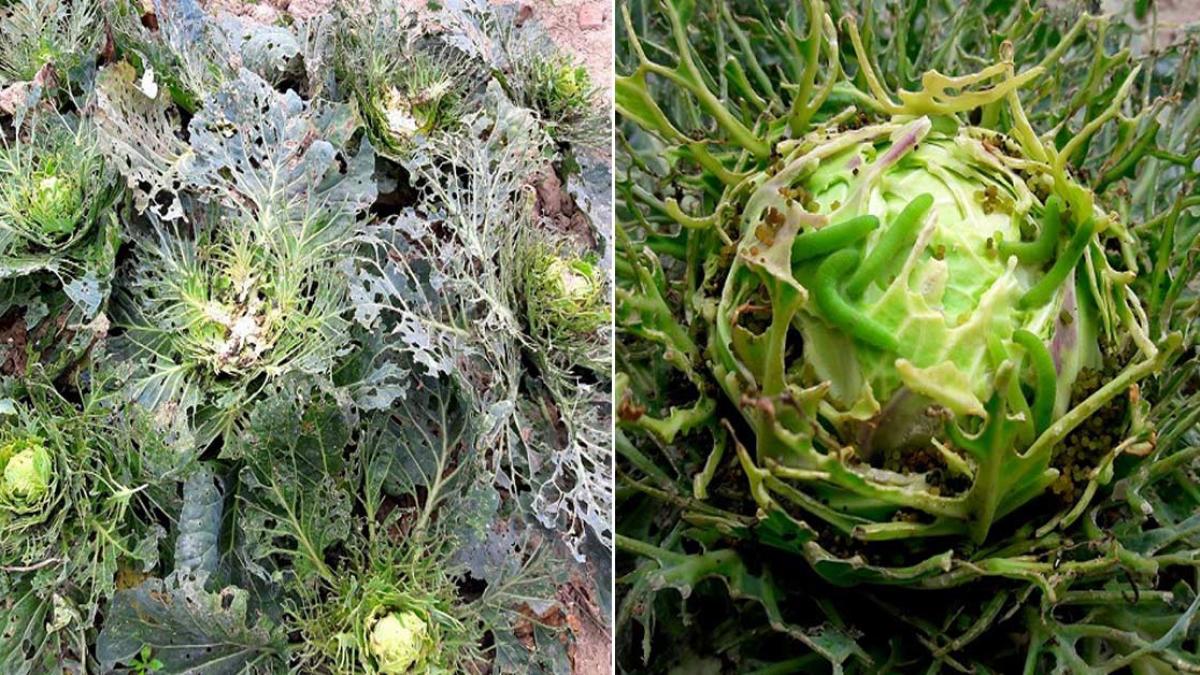
Track Common Pests That Appear During Cold, Wet Weather
Monitoring Common Pests and Diseases Appearing in Cold, Humid Weather: Effective Solutions for Crop Protection
Keywords: pests, cold and humid weather, pest monitoring, pest control
In agricultural production, weather conditions play a crucial role in the growth and development of crops as well as the outbreak of various pests. During the winter-spring season or transitional periods, when temperatures are low and humidity is high, it often creates favorable conditions for many types of pests to thrive rapidly. Monitoring common pests under cold and humid weather conditions helps farmers proactively control and minimize damage, ensuring the yield and quality of agricultural products.
This article will analyze in detail the common types of pests, the causes of outbreaks, how to identify and monitor them, and propose effective control solutions.
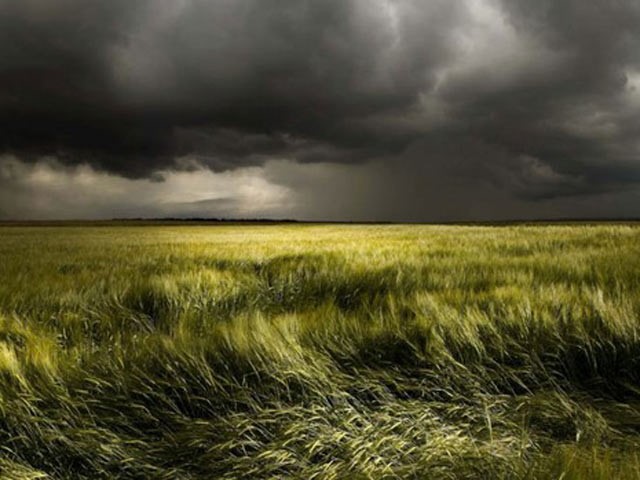
1. Why Do Cold, Humid Weather Conditions Favor the Outbreak of Plant Diseases?
Under low temperature conditions (below 20°C) and high humidity, the microbial environment becomes more favorable for the proliferation of fungi, bacteria, and some insect species. The damp leaf layer, the soil surface that retains moisture for a long time, dense fog, and weak light are all ideal factors for many harmful agents. Specifically:
- Fungi: Many fungal strains grow very quickly in humid environments. Fungal spores can easily spread through raindrops, mist, or cling to the leaves, stems, and roots of plants.
- Bacteria: Cold, damp conditions also provide opportunities for bacteria to attack plant tissues, causing root rot, fruit rot, leaf spots, and more...
- Pests: Some sucking and chewing insect species are very active, seeking shelter in humid conditions, and attack crops during periods of plant weakness.
Therefore, monitoring pests during this period is an important step to minimize risks and protect crop yields.
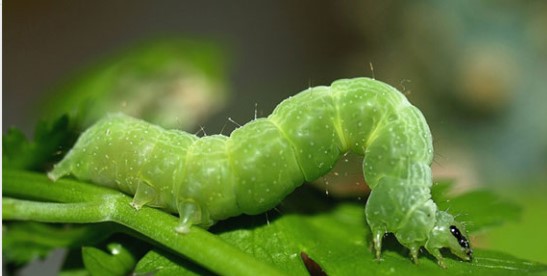
2. Common Pests and Diseases in Cold, Humid Weather
2.1. Fungal diseases affecting leaves and stems
- Downy mildew (Phytophthora)
Primarily appears on vegetable crops (cucumbers, tomatoes, potatoes). The identifying signs are light yellow or brown spots on the leaves, with a fine white mold on the underside of the leaves. Humid, low-sunlight weather is the ideal environment for downy mildew to spread. - Powdery mildew (Peronospora, Bremia):
Commonly found on lettuce, onions, and garlic. Symptoms include light yellow spots that later turn brown, with a fine mold on the underside of the leaves. Low temperatures and high humidity cause the disease to spread rapidly. - Anthracnose (Colletotrichum):
Appears on many types of fruit plants (peppers, mangoes, papayas) and vegetables. Leaves and fruits show sunken spots that are blackish-brown, and in humid conditions, pink-orange fungal rings form. Anthracnose thrives in wet, foggy conditions.
2.2. Bacterial diseases
- Bacterial wilt (Ralstonia solanacearum):
Plants in the nightshade family (tomatoes, eggplants, potatoes) or cucurbit plants are easily attacked. The plants wilt suddenly, leaves turn yellow, and the base of the stem may rot. The bacteria survive in the soil and spread quickly when the soil is moist and temperatures are cool. - Bacterial spot (Xanthomonas, Pseudomonas):
Small brown and black spots appear on leaves, stems, and fruits, spreading out and causing leaf drop and reduced yield. High humidity is an ideal condition for bacterial growth.
2.3. Pests in a humid environment
- Aphids:
A sucking pest that causes leaves to curl and stunts plant growth. In cold, humid weather, young, soft leaves are easily attacked by aphids, which spread virus pathogens. - Thrips:
Small in size, they suck plant sap, creating silver spots on leaves. Under humid conditions, thrips can reproduce rapidly, causing stunted growth and reduced yield. - Cabbage worms, diamondback moths (Plutella xylostella, Helicoverpa spp.):
They are particularly active on leafy greens, cabbage, and bok choy. In cold, humid conditions, the tender, juicy leaves are highly susceptible to severe damage, as the worms hollow out the leaf tissue.
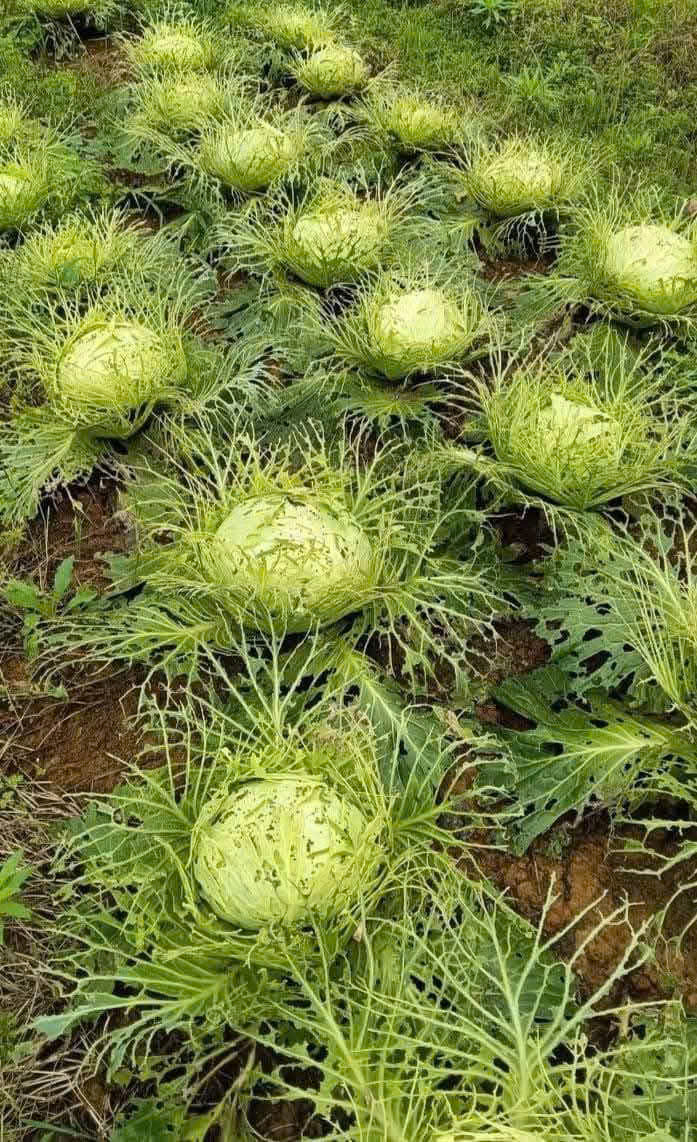
3. How to Quickly Monitor and Identify Pests and Diseases
Regular monitoring of pests and diseases is key to early detection and timely intervention. Some monitoring methods include:
- Periodic field inspections:
isit fields and gardens daily or 2-3 times a week, paying close attention to the surface of leaves (both sides), stems, roots (if possible), and fruits. Record any unusual symptoms and compare the spread between inspection periods. - Use of traps and sticky color boards:
Yellow or blue sticky traps can attract aphids and thrips, helping to detect the early presence and density of insects. - Combine with weather observation:
Monitor weather forecasts to identify periods of high humidity and low temperatures, thereby increasing the frequency of field inspections. - Consult experts:
Contact the agricultural extension center or plant protection specialists if unusual disease symptoms are detected and the cause is unclear. - Record and store information:
Note the time of pest appearance, weather conditions, and the control measures applied. This helps farmers gain experience for future crops.
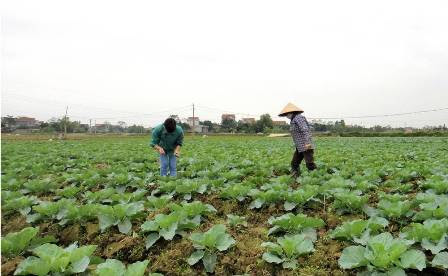
4. Measures to Prevent Pests and Diseases in Cold, Humid Conditions
Effective pest control is often a combination of cultural, biological, chemical, and environmental management practices:
4.1. Cultivation measures
- Choose disease-resistant varieties:
Using cold-tolerant, fungal-resistant, and bacterial-resistant varieties helps reduce the risk of damage. - Crop rotation and intercropping:
Rotate different plant species and avoid continuous planting of the same crop in the same area. This helps reduce the density of pests and diseases in the soil. - Improve drainage:
Ensure that the fields are well-ventilated to prevent waterlogging. Straw or dry grass can be used to cover the base of plants to limit contact between leaves and moist soil. - Apply balanced fertilizers:
Do not overuse nitrogen fertilizers, as excess nitrogen makes plants weak and more susceptible to pests and diseases. Increase the use of organic and microbial fertilizers to improve soil aeration and microbial activity.
4.2. Biological measures
- Use biological preparations and antagonistic fungi:
For example, Trichoderma preparations help control harmful fungi. Beneficial microorganisms inhibit the growth of pathogens. - Encourage natural enemies:
Protect beneficial insects (ladybugs, parasitic wasps) or birds that eat pests. Limit widespread pesticide spraying to maintain ecological balance.
4.3. Chemical measures
- Use pesticides safely:
Choose products with clear origins, prioritize biological pesticides, and those with a short pre-harvest interval. Use the correct dosage at the right time, following the recommendations of the manufacturer and relevant authorities. - Spray pesticides at the appropriate time:
When the weather is drier, avoid spraying during rain or heavy fog, as the chemicals can be washed away, reducing their effectiveness.
4.4. Environmental management
- Field sanitation:
Collect and properly dispose of diseased plant residues, fallen leaves, and weeds to eliminate disease pathogens. - Adjusting light and ventilation:
If growing in a net house or greenhouse, adjust ventilation and reduce humidity. Adequate light will limit the growth of many types of fungi and bacteria.
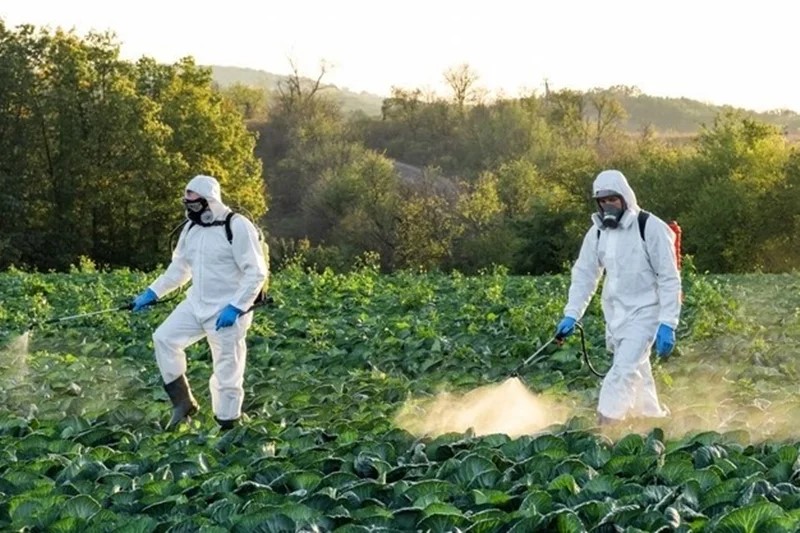
5. Combine Monitoring and Prevention to Protect Crops
To achieve high efficiency, farmers need to combine the monitoring of pests with the aforementioned preventive measures. The process of monitoring pests should be continuous, relying not only on visual observation but also on supportive tools (sticky traps, disease sample analysis), weather information, and expert advice..
- Early detection, quick action:
As soon as the first signs of disease are noticed (leaves with spots, fruit with unusual marks, the presence of harmful insects), timely measures should be taken. The earlier the detection, before pests and diseases can spread widely, the lower the costs and effort required for treatment. - Monitor after spraying, apply measures:
After using pesticides or biological products, continued observation is necessary to assess effectiveness. If pests and diseases do not decrease, it may be necessary to change strategies, use a different type of pesticide, or apply supplementary farming measures. - Record and analyze data:
The habit of recording pest history helps farmers understand the patterns of pest occurrence throughout the year and which stages require heightened vigilance. Based on this, farmers can prepare resistant varieties, fertilizers, and appropriate pesticides in advance of the growing season.
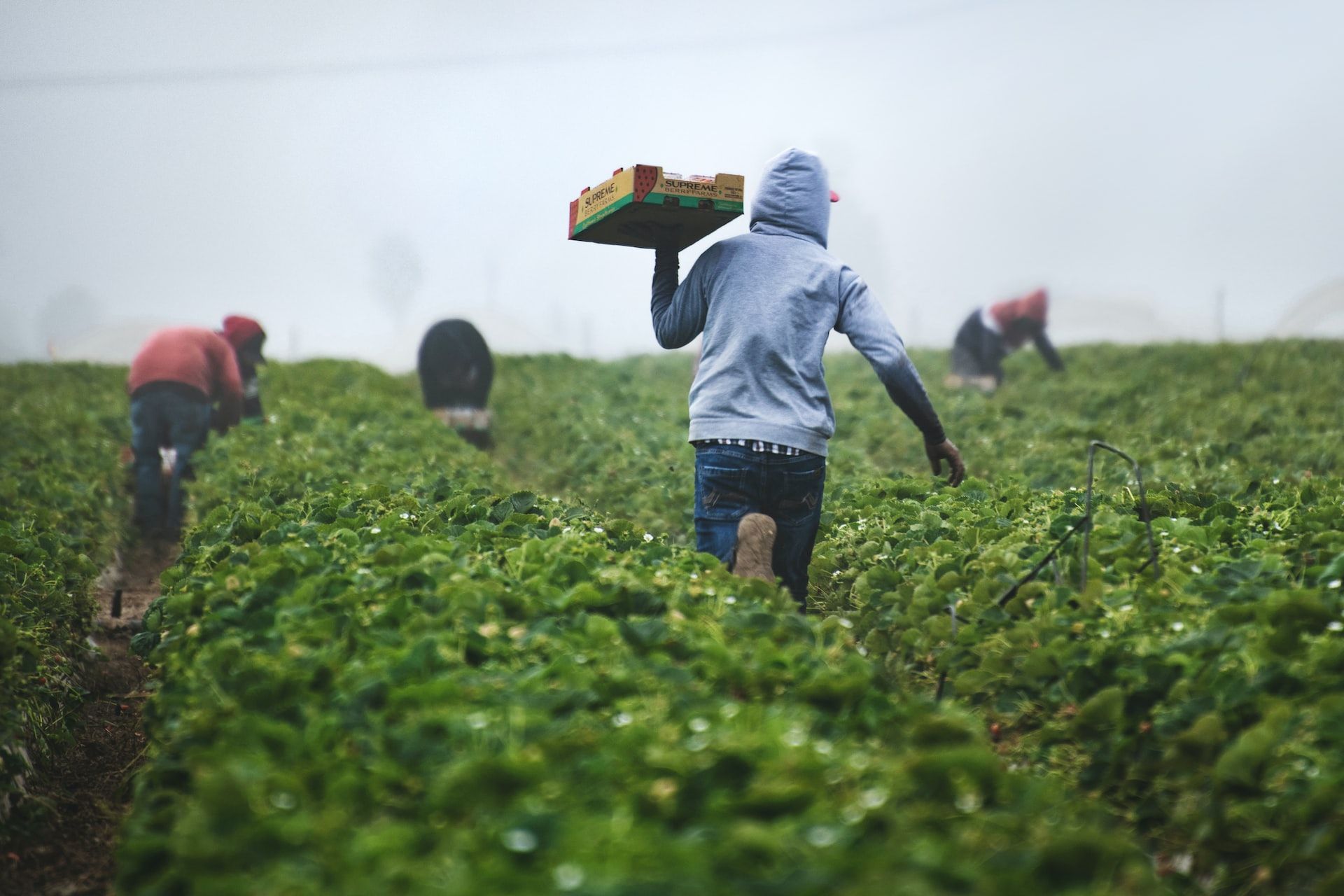
6. Towards Sustainable and Safe Production
Monitoring pests and diseases in cold, humid weather is not only a technical measure but also a key factor in a sustainable production strategy. When farmers gain control over pest and disease situations, reduce chemical misuse, crops will yield stable outputs, and the quality of agricultural products will improve, thereby building market reputation.
Additionally, limiting pests and diseases contributes to environmental protection and maintaining the balance of the agricultural ecosystem. Using fewer chemical pesticides, combined with biological methods and proper farming techniques, helps keep the soil fertile and the water clean, ensuring long-term development.
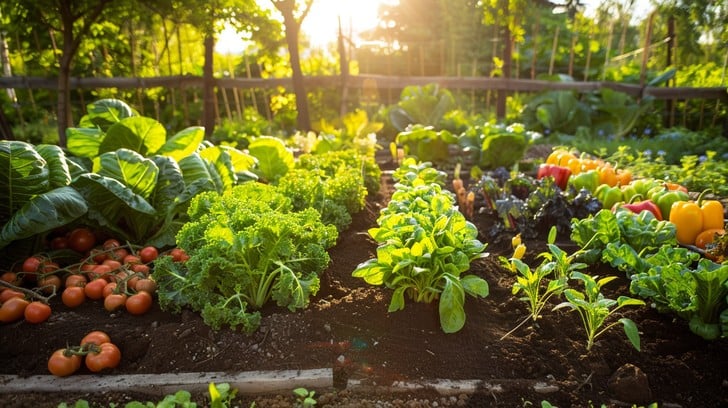
7. Conclusion
In cold and humid weather conditions, monitoring pests and applying flexible, scientific control measures is extremely important. Through regular monitoring, farmers can detect early signs of abnormalities, accurately classify the types of pests, and thus implement timely solutions. A coordinated combination of cultivation, biological, chemical, and environmental management measures helps farmers proactively respond, minimize damage, and ensure the yield and quality of agricultural products
With proactivity, knowledge, and dedication, producing under adverse weather conditions is no longer a major obstacle, but rather an opportunity for farmers to assert their ability to adapt and build a modern, sustainable, and efficient agricultural sector.
Bình luận
Những bình luận mới nhất
